A Year After Mass Protests, Sri Lanka's Governance Crisis
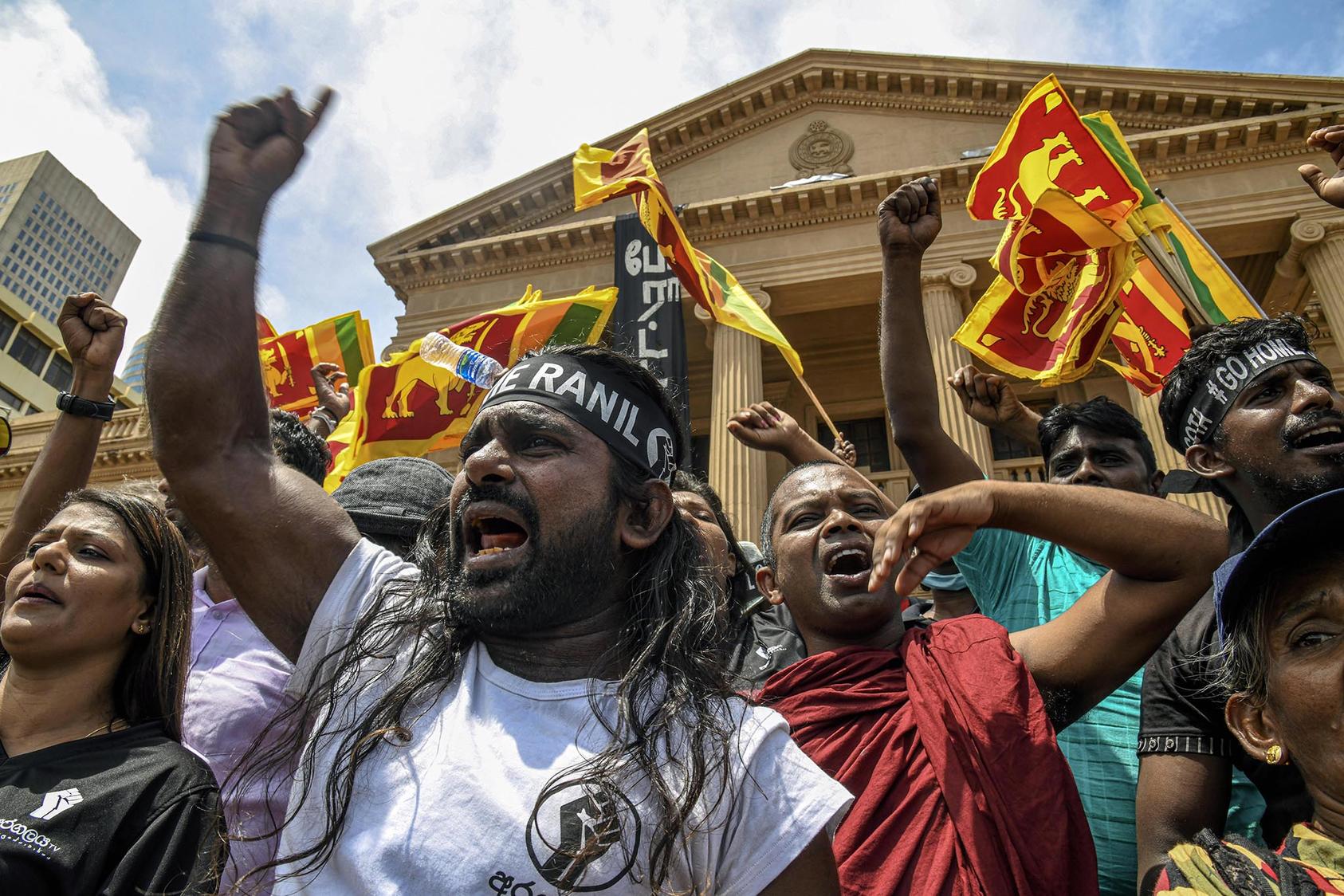
One year after the Sri Lanka’s massive unrest, known as the Aragalaya protests, the country is still dealing with the aftermath of its most devastating economic crisis since independence, a government without popular support and intensifying geopolitical competition in its neighborhood. The protests, spurred by the economic crisis, led to mass resignations across the government with former President Gotabaya Rajapaksa fleeing the country in July 2022. In the year since, the country has secured an IMF agreement, and its economy has ambled toward a slow path of recovery. However, there have still been concerns on the human rights front as the current government of Ranil Wickremesinghe has clamped down on further protests and continually postponed elections.

Sri Lanka's Anti-Rajapaksa Protests Could Lead to Real Change

Sri Lanka is in an economic crisis. Here's what it's like for people on the ground

PDF) A Political Crisis in Sri Lanka

PDF) A Political Crisis in Sri Lanka

PDF) A reflection - Similarities between 1971 and the current crisis in Sri Lanka

As global food crisis looms, Sri Lanka offers a cautionary tale
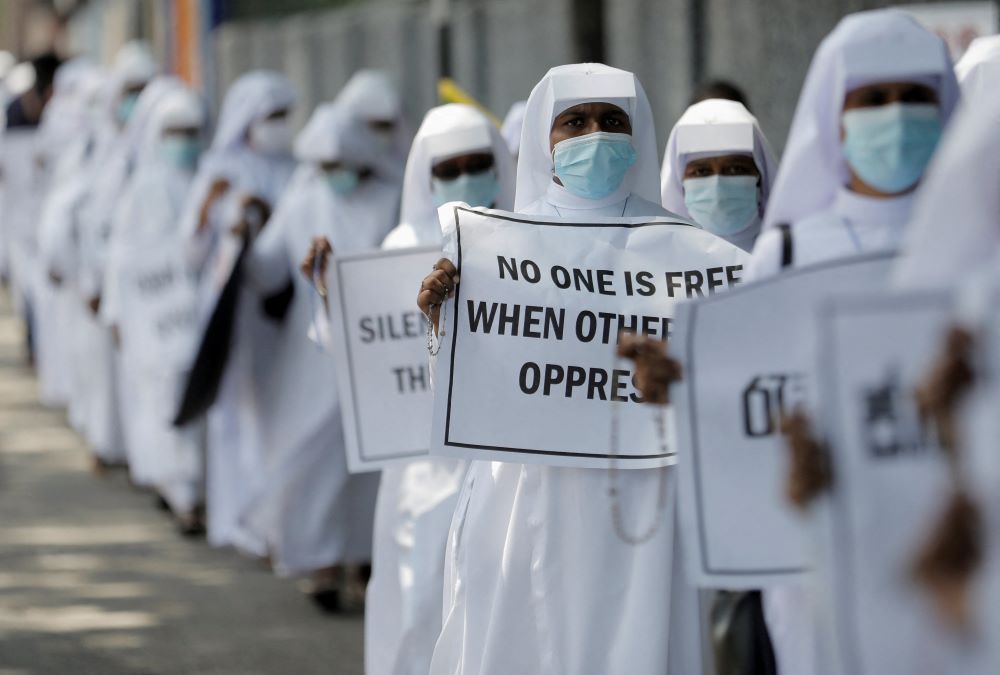
Sisters protest in streets against economic crises in Sri Lanka
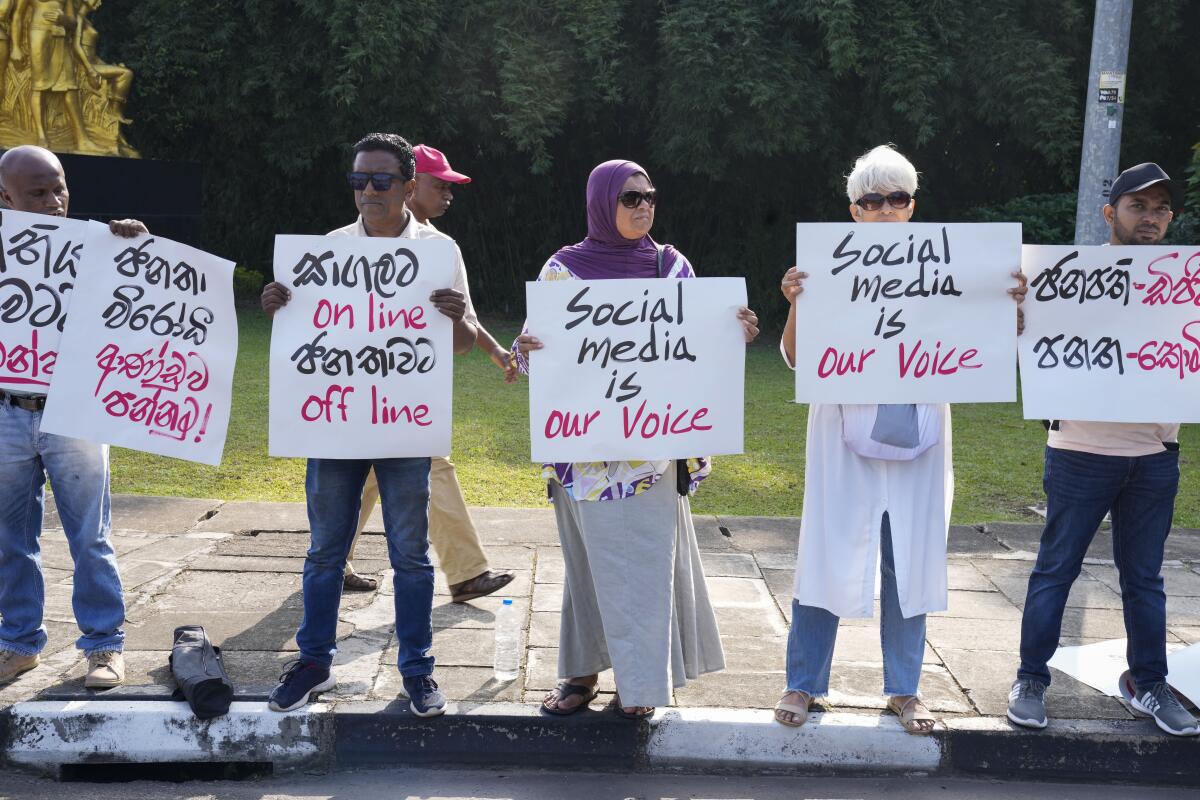
US expresses concerns over Sri Lanka's controversial internet regulation law - The San Diego Union-Tribune

Year Ender: Sri Lanka's economic, political crisis and mass protests in 2022

A Year After Mass Protests, Sri Lanka's Governance Crisis, 54% OFF
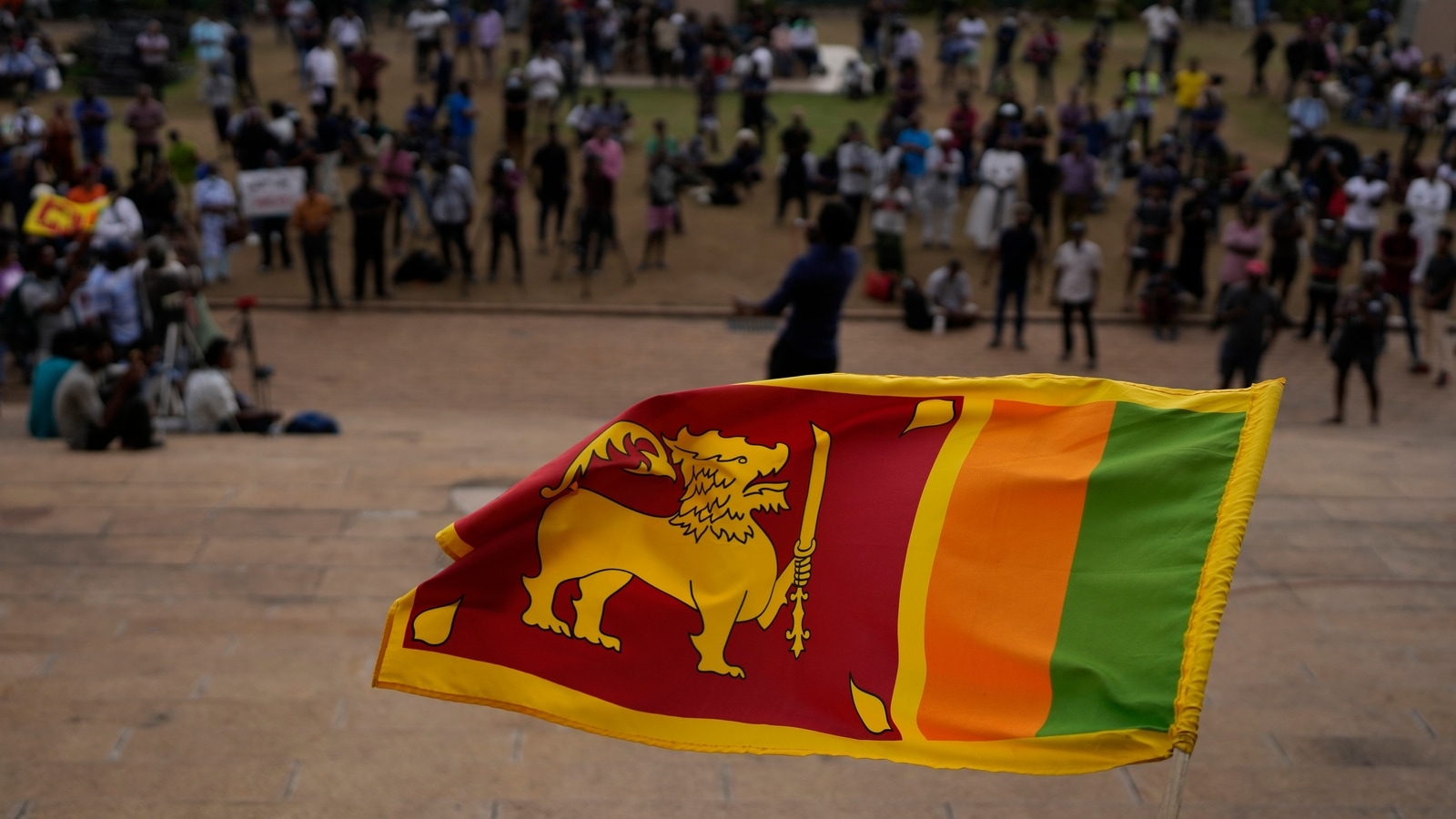
Year Ender: Sri Lanka's economic, political crisis and mass

Sri Lankan president and prime minister to resign after protests

PDF) Collective of Briefs - The Sri Lankan Political Crisis Institute of South Asian Studies NUS and Roshni Kapur
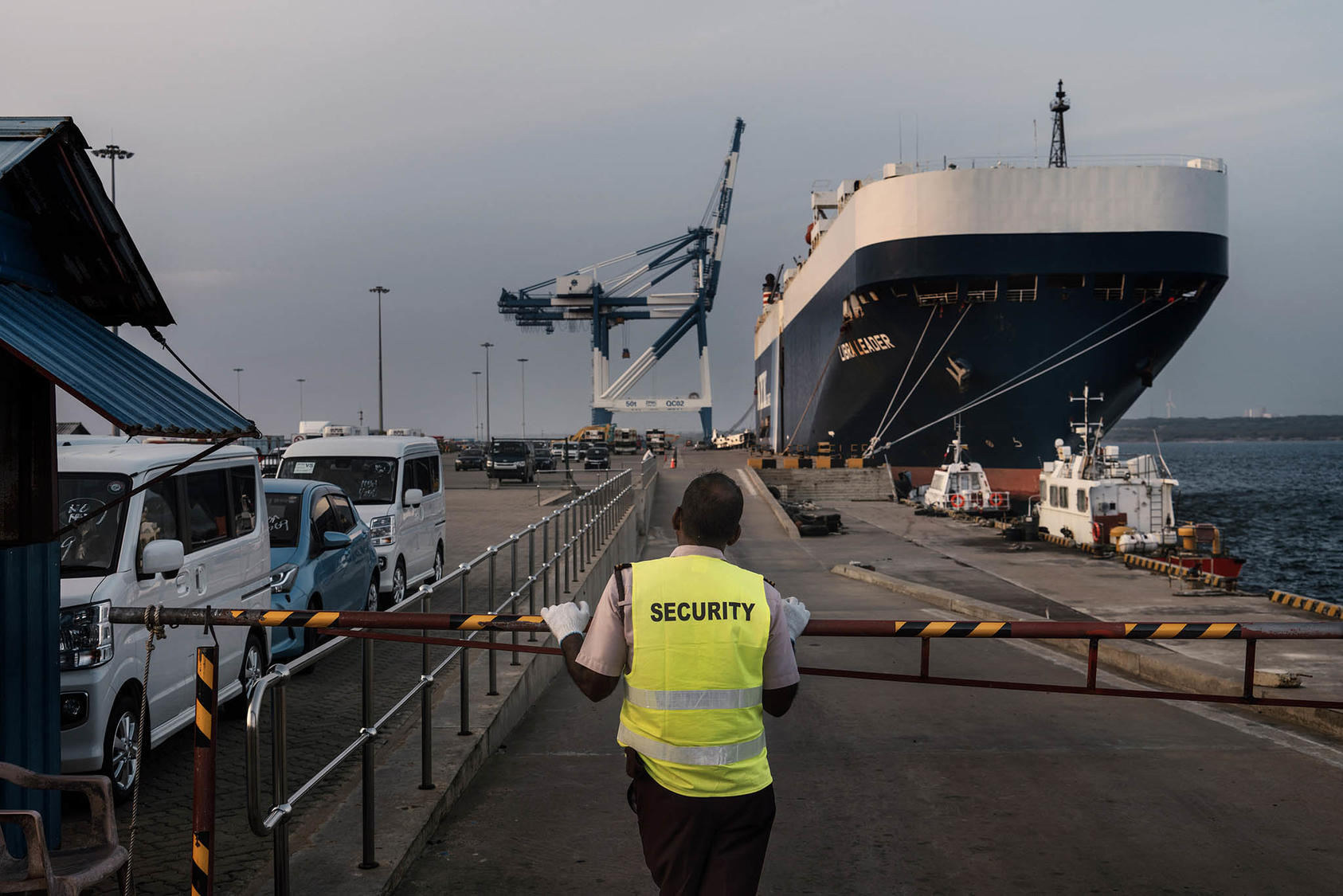
Indian Ocean Basing and Access: How Smaller States Navigate Major Power Competition








